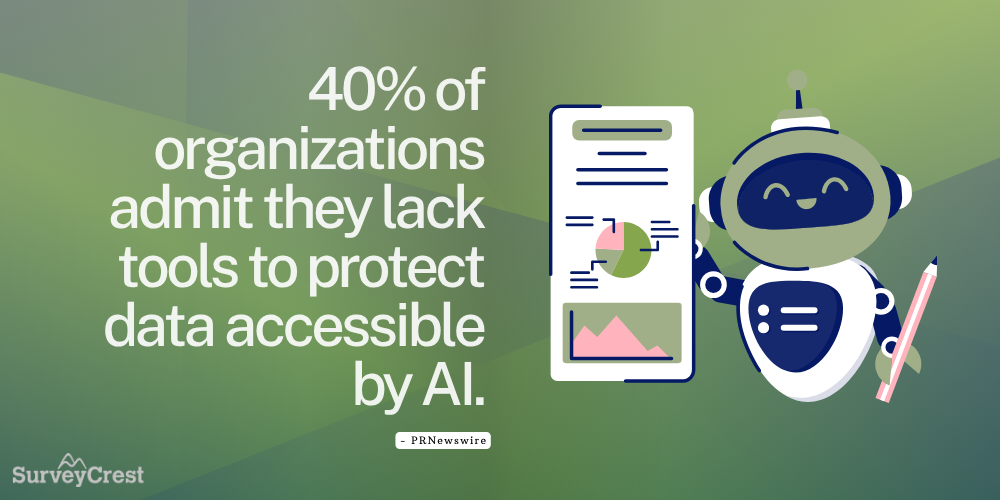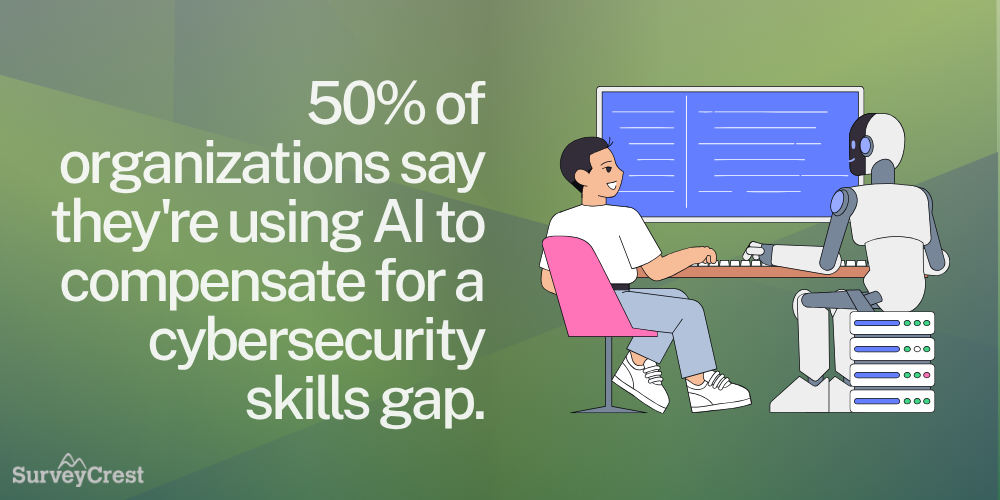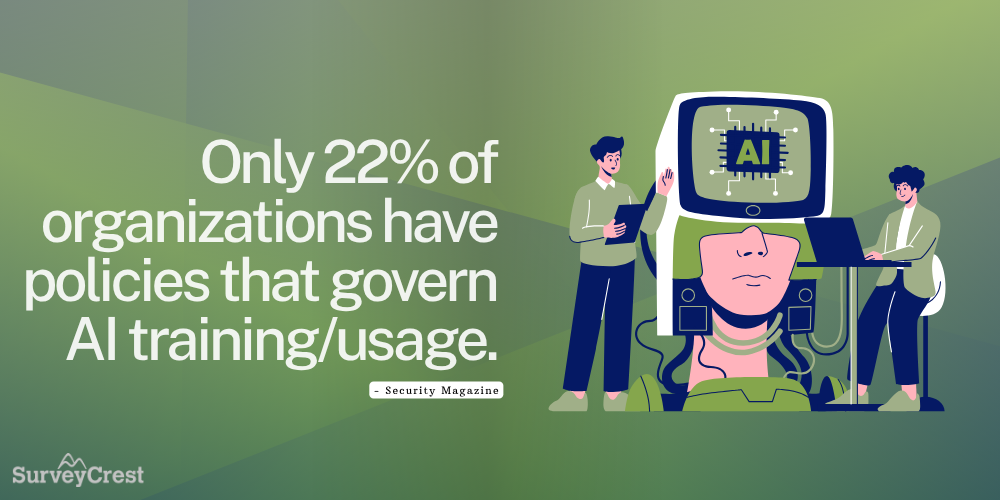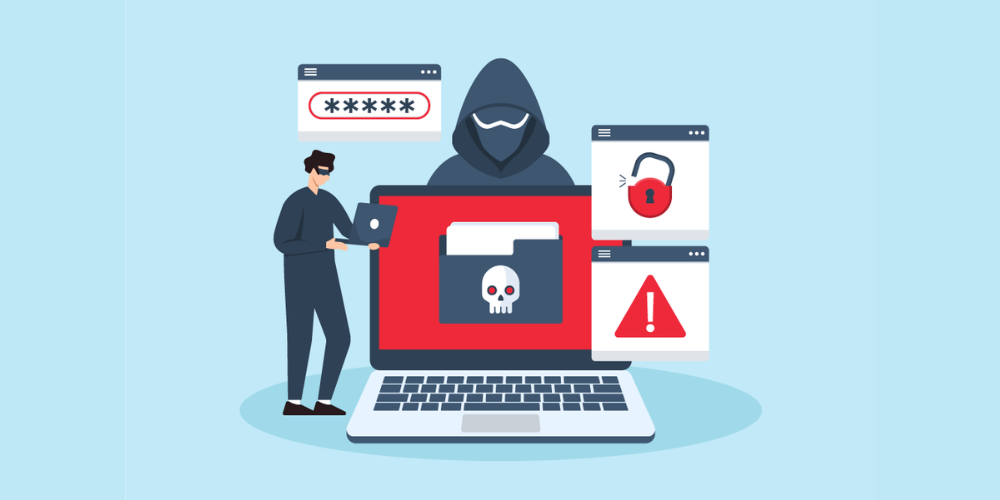
Photo Credit: iStock/matejmo
Artificial intelligence is not just a word people can use to look cool in meetings. It has become a business essential and performs most of the tasks businesses used to have to spend money, resources, and energy on. From automating customer support to detecting fraud, AI is the force behind the digital world, and it’s making waves.
But the waves don’t come alone. While companies celebrate efficiency, something unsettling is unfolding in the background. The same AI used to protect is now being used to deceive and destroy, causing damage such as loss of intellectual property, financial dips, and a hit at the company’s reputation.
This may shock unsuspecting companies, and the real question is: Are businesses ready for AI-powered attacks? Let’s dig deeper into this to get to the root of the issue and what companies can do about it.
AI-powered attacks are not just panic created by overreaching blogs. They are happening right now without any of us knowing about them. Traditional cyber threats were never this smart. AI attacks use intelligence to learn, adapt, and then execute in a way that bypasses all firewalls.
With every attempt, the attack improves for the next time, making it almost impossible to predict and even harder to stop. But to understand just how serious the situation is, let’s see what AI can actually do:
But what’s more interesting is that these threats don’t feel as dangerous as they are. Compared to old-fashioned hacks, they are not messy, with no obvious errors and no suspicious links that were always a dead giveaway in emails. This puts businesses and companies in a sticky situation.
The situation is dire. 60% of IT professionals feel that their organizations are unprepared to counter AI-generated threats. This means more than half of companies are not ready to deal with AI-powered attacks, but the question is, why? Artificial Intelligence has been here for quite some time now, but why are the companies not prepared for the very possible cyber attacks? This is also a good time to design a survey and determine if your employees believe your small business is ready to deal with AI cyber attacks.
Let’s explore why companies fall short and what could be done to improve it.
Technology is booming, but what we fail to understand is that it is also enabling attackers, and the scale of their attacks is overwhelming even for AI security defenses.

According to Seth Geftic, VP of Product Marketing at Huntress:
“It’s not that organizations don’t have the technology to protect themselves, but rather that this new AI-driven scale creates a level of pressure on defenses that hasn’t previously been seen.”
It is more of a volume problem, as automated AI attacks can scale to unimaginable degrees, causing the current detection systems to become saturated and fail to catch up. And even if they could, they don’t have the time or budget to regroup, figure out a way out, and reskill.
It’s not like we lack the skills needed to tackle these attacks; in fact, 50% of organizations say they’re using AI to compensate for a cybersecurity skills gap. But we also lack the experts needed to tackle these attacks. To get a clearer picture of the skills gap, conducting an internal employee survey and gathering relevant data is best.

For instance, there are just not enough security analysts with data science and machine learning model analysis skills. This makes them incapable of tuning or auditing attackers’ AI tools. AI attacks, like adversarial AI attacks, are incredibly tricky, and the existing security teams cannot counter these sophisticated attacks, let alone spot them.
This further leads to a financial and energy dead end. AI-powered attacks increase every minute, and to counter them, companies invest in expensive, cutting-edge AI solutions. But this hardly yields results, as the human teams are not trained enough and cannot manage the tool. This only adds more work for the human teams, as they have to sift through the issues manually.
The world is not changing or evolving as fast as AI. Traditional cybersecurity policies were designed for a world devoid of AI-engineered and powered attacks, which makes them outdated.

This is why AI-enhanced attacks are not just a result of a skill or tech gap; they also need government-level intervention and policies.
Here’s what’s missing:
Despite becoming an epidemic for businesses, AI threats are still not taken seriously and are considered a technical problem. As the issue is not given enough importance, there is a clear lack of policies that could govern the issue.
Since it is becoming increasingly difficult to spot AI-powered cyber attacks, it is best to educate yourself and your employees so you can tell when something feels off. Here are some of the most popular AI-powered attacks businesses suffer daily.

Image Source: iStock/sesame
An AI-driven social engineering cyber attack uses AI algorithms to scrape social media profiles of employees and employers to create psychological target profiles. Once that happens, it can generate personalized or even company emails that cause issues.
As a business, all internal communication is a private affair, and this type of cyber attack can lead to unauthorized access, fraudulent wire transfers, and theft of intellectual property. These attacks are quick and deadly, and human defenses don’t stand a chance against them.

Image Source: iStock/danijelala
AI Phishing attacks are based on the ability of large language models to create highly realistic, personalized, and contextually perfect emails, texts, and chats. With perfect grammar and no awkward phrasing, these LLMs can impersonate CEOs and build credibility to carry out cyber attacks.
These emails or other pieces of content are extremely hard to identify and bypass the existing email security filters, as there are no typos and they don’t follow a template. This can harm your business by stealing sensitive information such as login details, installing malware in your systems, and your employees won’t know what hit them as soon as they click a link.

Image Source: iStock/Khafizh Amrullah
Polymorphic malware is code that constantly changes, shapeshifting so the code is never detected. This allows it to execute multi-stage attacks all on its own. Human security analysis cannot match the pace of AI automation tools as they conduct network reconnaissance, defense evasion, and lateral movements.
This attack works in stealth mode, and the Advanced Persistent Threats can stay in your system for months, stealing data without raising any red flags. This can cause deep and widespread data breaches.

Image Source: iStock/tommy
Using deliberate misinformation and manipulation, the attacker can completely disrupt the performance of your AI defence, causing it to malfunction and make incorrect decisions. There are multiple types of Adversarial AI attacks, including Poisoning, where the training data is corrupted, and Evasion, where the AI/ML model is fed changed and incorrect data, impairing the model’s predictive capability.
This weakens your one AI-driven defense and creates blind spots, as the model fails to flag malicious files and deems them safe. This can result in fraudulent transactions without you knowing for months.
Small businesses often believe that AI-driven cyberattacks are not a threat to them because they are small. But that is far from the truth. Small and medium-sized businesses are frequently targeted because they lack a powerful security infrastructure or a trained workforce for that matter. One well-crafted phishing email and your complete defense comes crumbling down.
This may seem intimidating, but here are some practical steps you can take to prepare and strengthen your defense against AI-powered attacks:
Before you start employing new AI defense systems, you must understand your current situation. An AI readiness survey can help identify gaps in your workforce and security systems.
A Kaspersky study discovered that 44% of employees cite a lack of AI-related cybersecurity training. Another report from the Institute of Coding revealed that only 12% of SME’s have invested in AI-related training.
These findings show that a readiness survey shouldn’t be optional. It should be essential to identify and close the skill gaps. You can use an online survey maker and design an AI readiness survey without hassle.
Once the gaps are clear, you can start with focuses training. Conduct short, recurring sessions that help employees spot deepfakes and phishing emails and teach them how to use different AI tools. These tools can be a great addition to your line of defense.
You can keep using surveys to monitor progress and the effectiveness of your efforts when bridging the skill gaps.
Modern threats are no match for traditional tools. This is why you must upgrade your cybersecurity infrastructure. Here is what you can do as an SMB:
These actions will not eat into your budget, but help you save on the loss that comes with AI-powered attacks.
AI is changing rapidly, and the only way to catch up is to repeat the readiness and skill gap surveys every few months, if not weeks. Use new data every time to pivot or add more features to your employee training.
With humans sidelined, the future of cybersecurity seems like a battle between machines. It is high time for experts to conduct surveys and research to find out what problems businesses face every time AI-powered attacks target them. Once you get the data from these surveys, you can design solutions before the AI-powered attacks win the match.
Kelvin Stiles is a tech enthusiast and works as a marketing consultant at SurveyCrest – FREE online survey software and publishing tools for academic and business use. He is also an avid blogger and a comic book fanatic.